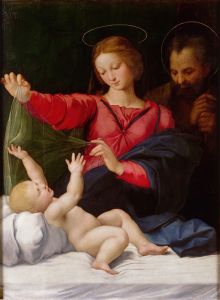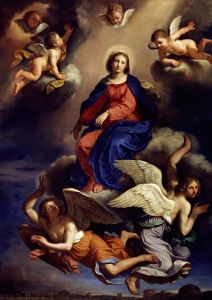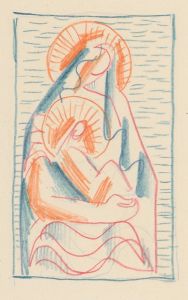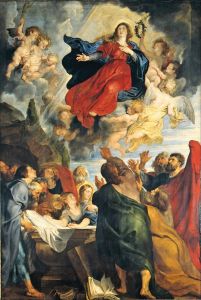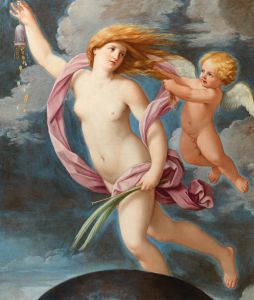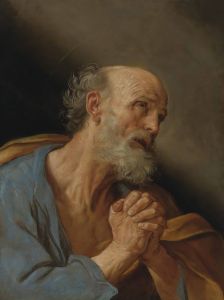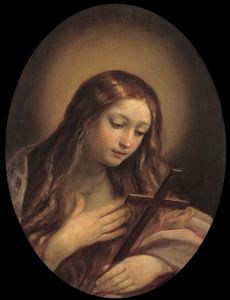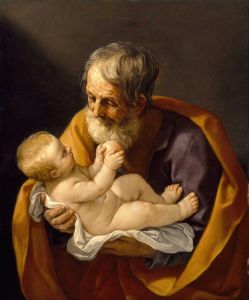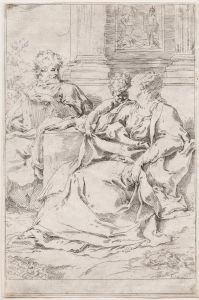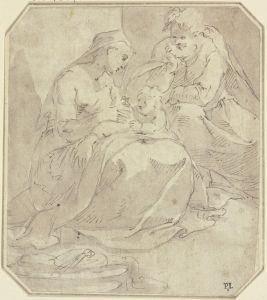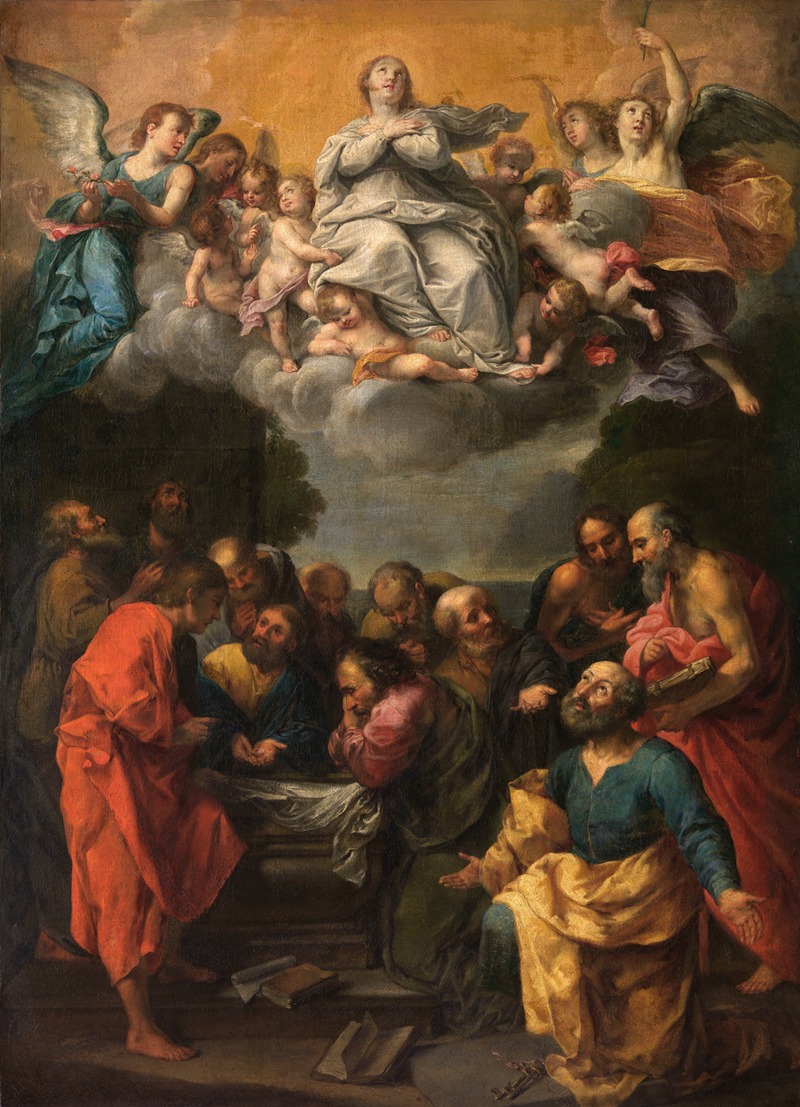
The Assumption of Mary
A hand-painted replica of Guido Reni’s masterpiece The Assumption of Mary, meticulously crafted by professional artists to capture the true essence of the original. Each piece is created with museum-quality canvas and rare mineral pigments, carefully painted by experienced artists with delicate brushstrokes and rich, layered colors to perfectly recreate the texture of the original artwork. Unlike machine-printed reproductions, this hand-painted version brings the painting to life, infused with the artist’s emotions and skill in every stroke. Whether for personal collection or home decoration, it instantly elevates the artistic atmosphere of any space.
"The Assumption of Mary" is a renowned painting by the Italian Baroque artist Guido Reni. Created in 1637, this masterpiece is a significant representation of the Assumption of the Virgin Mary, a common theme in Christian art that depicts the Virgin Mary being taken up into heaven at the end of her earthly life.
Guido Reni, born in Bologna in 1575, was a prominent painter of the Baroque period, known for his graceful and refined style. His works often featured religious themes, characterized by their clarity, delicate color palette, and serene compositions. Reni's influence extended throughout Italy and beyond, making him one of the most celebrated artists of his time.
"The Assumption of Mary" is housed in the Museo del Prado in Madrid, Spain. The painting captures the moment of the Virgin Mary's ascension with a sense of divine grace and celestial beauty. Reni's composition is both dynamic and harmonious, reflecting his mastery of Baroque aesthetics.
In the painting, the Virgin Mary is depicted at the center, surrounded by a host of angels. She is shown rising towards the heavens, her arms outstretched and her gaze directed upwards, embodying a sense of spiritual elevation and divine acceptance. The angels, with their delicate features and flowing garments, enhance the ethereal quality of the scene. The use of light and shadow in the painting creates a dramatic effect, highlighting the central figure of Mary and emphasizing the heavenly atmosphere.
Reni's use of color is particularly noteworthy in this work. The soft, luminous hues contribute to the painting's overall sense of tranquility and reverence. The Virgin Mary's blue robe and white veil are rendered with exquisite detail, symbolizing her purity and holiness. The surrounding angels are depicted in pastel tones, adding to the painting's otherworldly ambiance.
The composition of "The Assumption of Mary" is carefully balanced, with the figures arranged in a circular motion that guides the viewer's eye towards the ascending Virgin. This circular arrangement is a common feature in Baroque art, used to convey movement and dynamism. Reni's skillful use of this technique enhances the painting's sense of upward motion and spiritual ascent.
"The Assumption of Mary" by Guido Reni is a testament to the artist's ability to convey complex religious themes with clarity and grace. The painting remains an important example of Baroque religious art, admired for its technical excellence and emotional depth. It continues to be a significant attraction at the Museo del Prado, where it is appreciated by art historians, scholars, and visitors from around the world.
Through this work, Reni has left a lasting legacy, capturing the essence of the Assumption with a blend of artistic skill and deep religious sentiment. "The Assumption of Mary" stands as a timeless piece, reflecting the enduring power of religious art to inspire and uplift.





